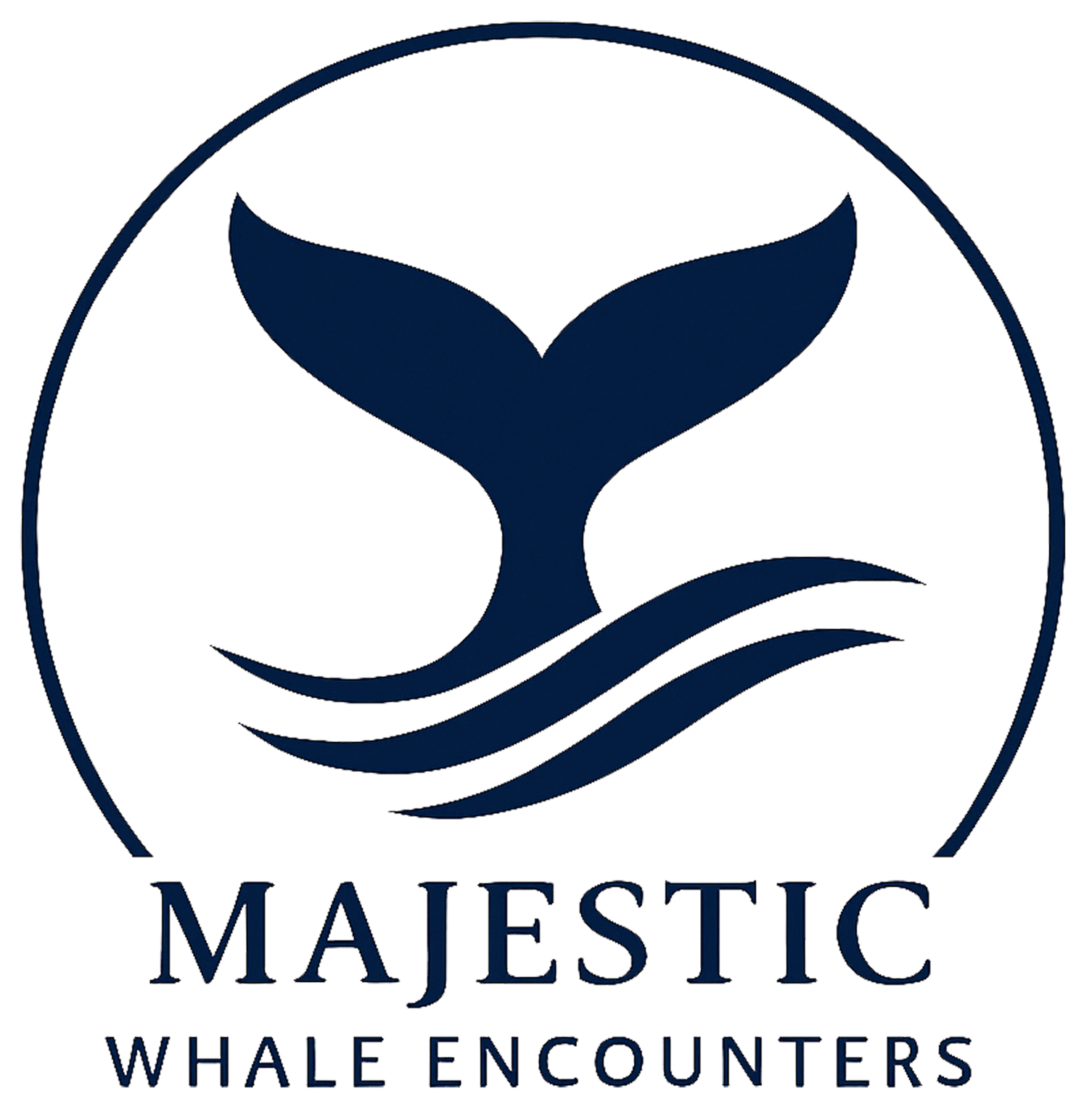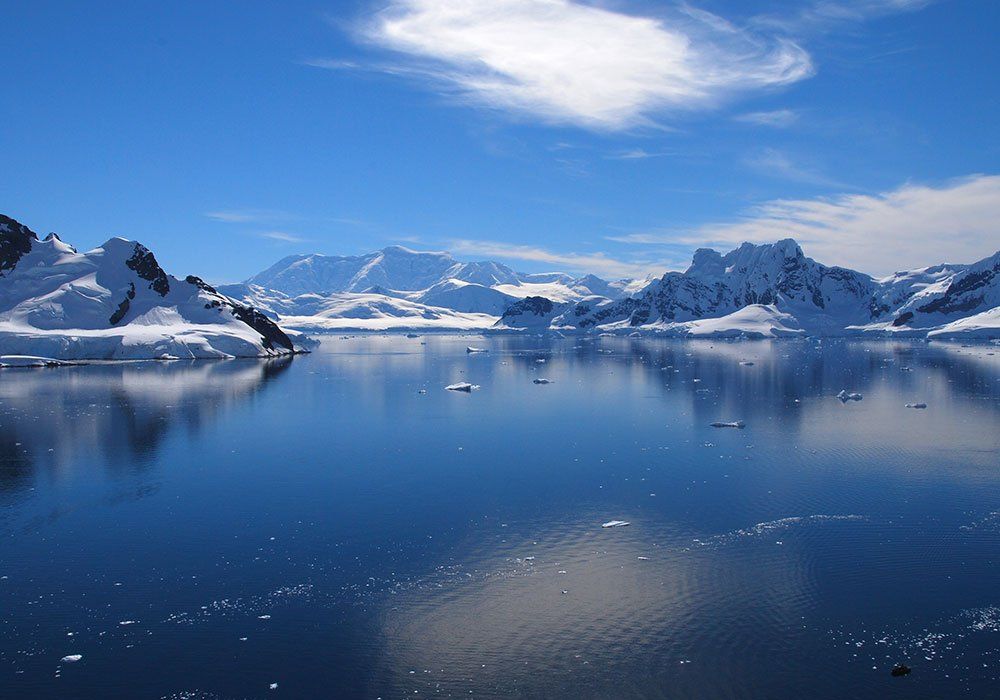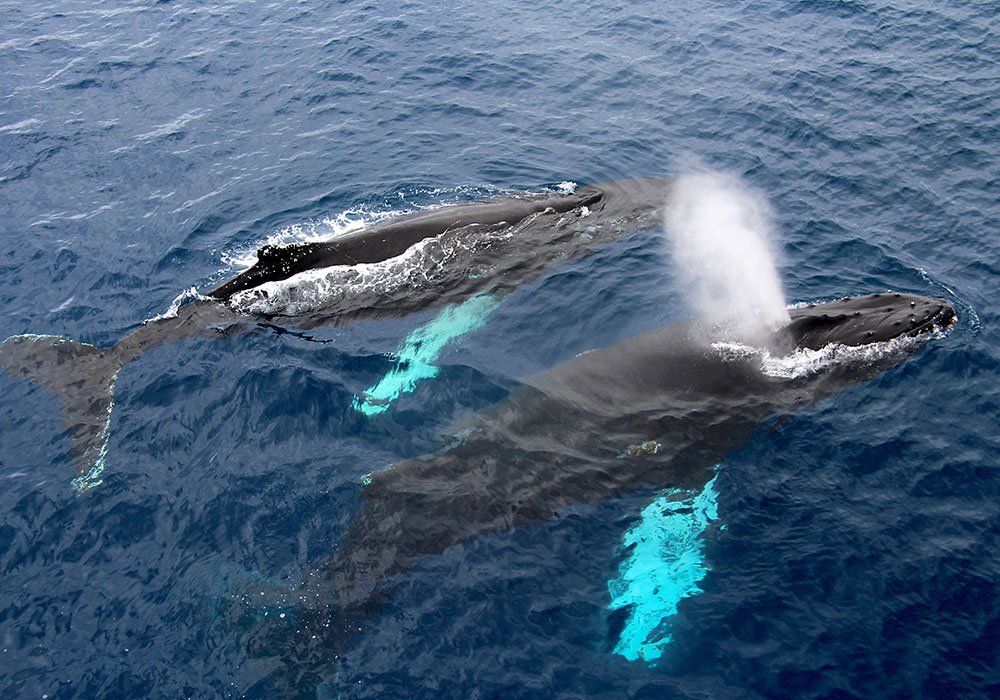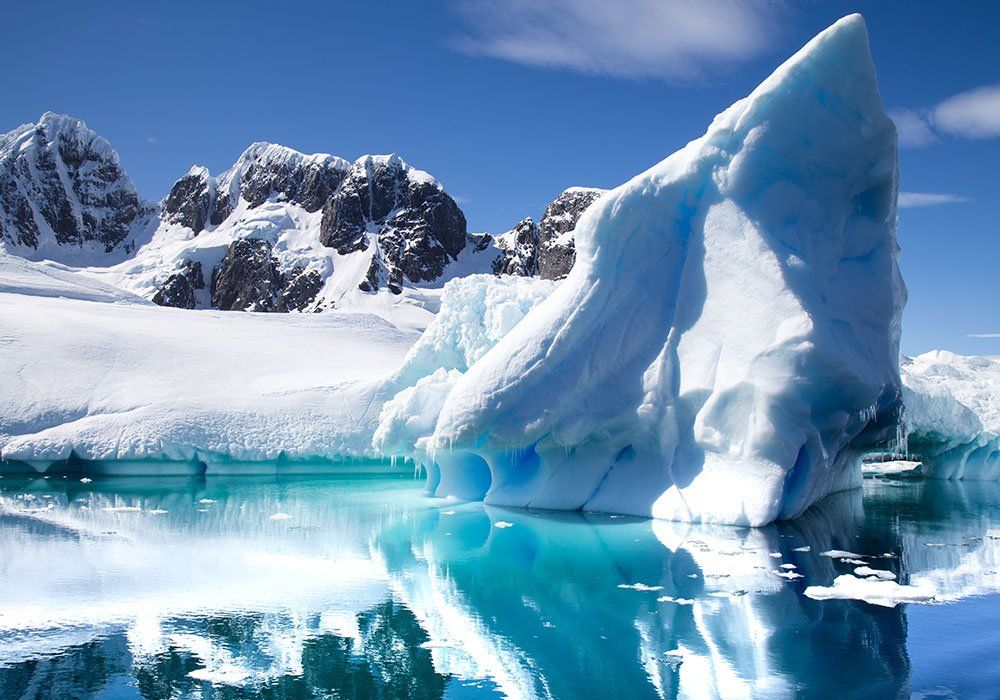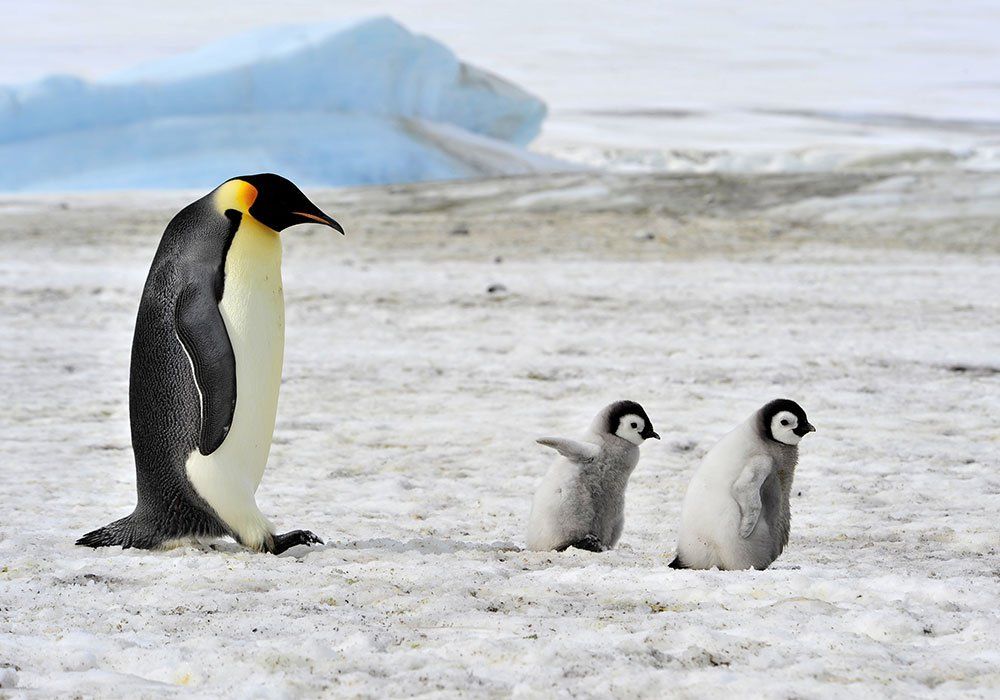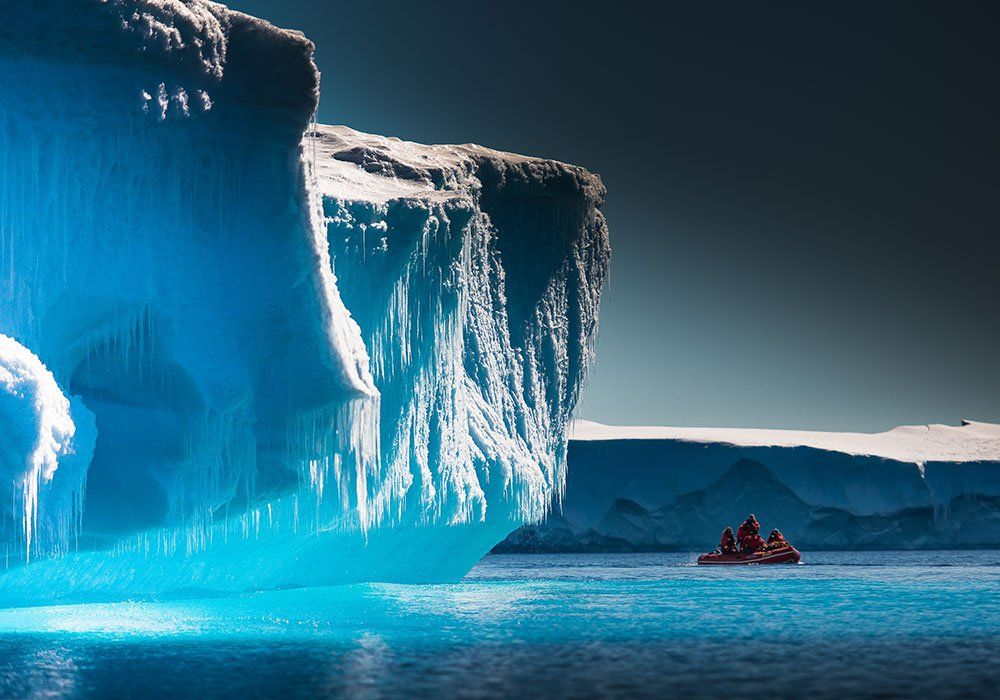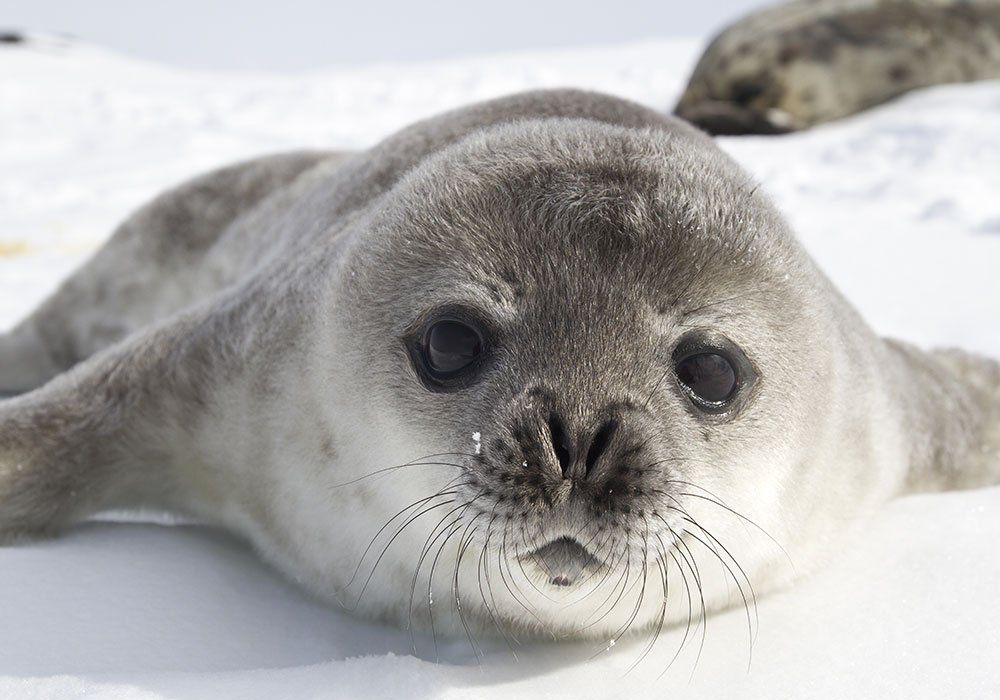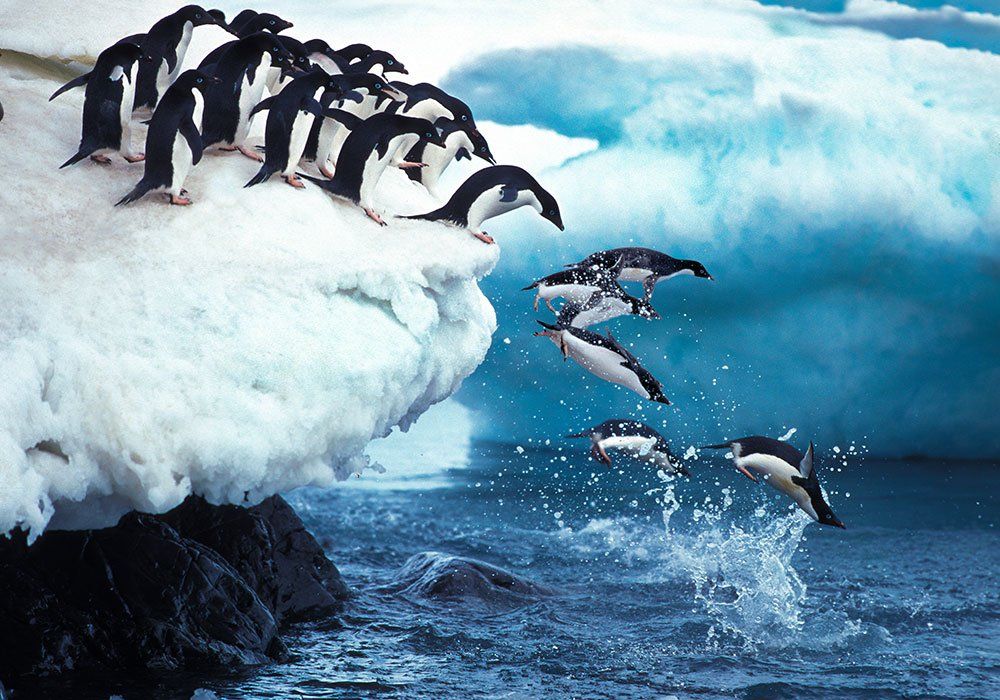ANTARCTICA
LEAVE THE WORLD BEHIND
Antarctica, the southern most continent and site of the South Pole, is a virtually uninhabited, ice-covered landmass. Most cruises to the continent visit the Antarctic Peninsula, which stretches toward South America. It’s known for the Lemaire Channel and Paradise Harbour, striking, iceberg-flanked passageways, and Port Lockroy, a former British research station turned museum. The peninsula’s isolated terrain also shelters rich wildlife, including many penguins.
Situated almost entirely south of the Antarctic Circle and surrounded by the Southern Ocean, it contains the geographic South Pole. Antarctica is the fifth-largest continent, being nearly twice the size of Australia, and has an area of 14,200,000 km2 (5,500,000 sq mi). Most of Antarctica is covered by ice, with an average thickness of 1.9 km (1.2 mi).
Antarctica is on average the coldest, driest, and windiest of the continents, and has the highest average elevation. It is mainly a polar desert, with annual precipitation of 200 mm (8 in) along the coast and far less inland. About 70% of the world's freshwater reserves are frozen there, which if melted would raise global sea levels by over 60 metres (200 ft). Antarctica holds the record for the lowest measured temperature on Earth, −89.2 °C (−128.6 °F). The average temperature for the third quarter (the coldest part of the year) is −63 °C (−81 °F). Native species of animals include mites, nematodes, penguins, seals and tardigrades. Vegetation consists of tundra.
The continental mass of Antarctica was probably first seen in 1820, when the Russian expedition led by Fabian Gottlieb von Bellingshausen and Mikhail Lazarev sighted the Fimbul ice shelf. The continent was discovered in January 1840 by the United States Exploring Expedition, under Lieutenant Charles Wilkes; and a separate French expedition under Jules Dumont d'Urville. The Wilkes expedition—though it did not make a landing—remained long enough in the region to survey 1,300 km (800 mi) of the coast. The first confirmed landing was by a Norwegian team in 1895.
During the summer months 5,000 people reside at research stations, a figure that drops to around 1,000 in the winter. Antarctica is governed by about 30 countries, all of which are parties to the 1959 Antarctic Treaty System. According to the terms of the treaty, military activity, mining, nuclear explosions and nuclear waste disposal are all prohibited.
Official Language: Russian
Capital:
McMurdo Station
Government: Governed internationally (Antarctic Treaty system)
Religion: Christian
Currency: Antarctic Dollar
Time: GMT+13
Internet:
Limited
Phone:
Need Satellite Phone
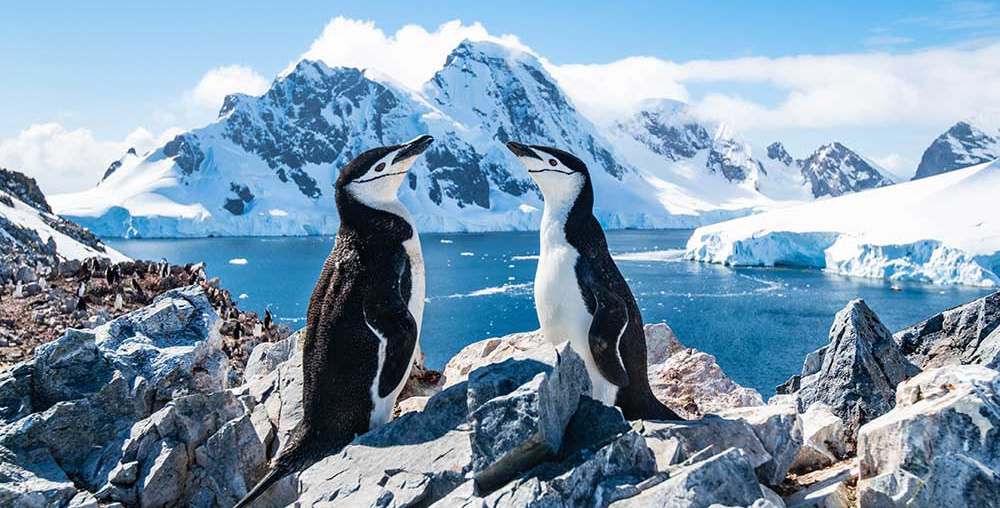
Climate
Antarctica is the coldest, windiest and driest of Earth's continents. It was ice-free until about 34 Ma. The lowest natural air temperature ever recorded on Earth was −89.2 °C (−128.6 °F) at the Russian Vostok Station in Antarctica on 21 July 1983. A lower air temperature of −94.7 °C (−138.5 °F) was recorded in 2010 by satellite—however, it may have been influenced by ground temperatures and was not recorded at a height of 2 m (7 ft) above the surface as required for official air temperature records. Average temperatures can reach a minimum of between −80 °C (−112 °F) in the interior of the continent during winter and a maximum of over 10 °C (50 °F) near the coast in summer. Signy Island recorded a temperature of 19.8 °C (67.6 °F) in January 1982, the highest temperature ever recorded in the Antarctic region (including non-continental islands).
Antarctica is a polar desert with little precipitation; the South Pole receives on average less than 10 mm (0.4 in) of snow per year, and in most of the interior it is 20 mm (0.8 in) per year. In a few "blue ice" areas precipitation is lower than mass loss by sublimation, and so the local mass balance is negative. In the dry valleys, the same effect occurs over a rock base, leading to a barren and desiccated landscape. The continent is colder than the Arctic region, as much of the continent is over 3,000 m (9,800 ft) above sea level, where air temperatures are colder. The ocean's relative warmth of the Arctic Ocean, which covers the northern polar region, is transferred through the Arctic sea ice and moderates temperatures in the Arctic region.
VISA Requirements:
Because of the Antarctica Treaty, no visa is required. However, you will be required to obtain a permit and have a valid passport with at least 6 months left on it.
ANTARCTICA
